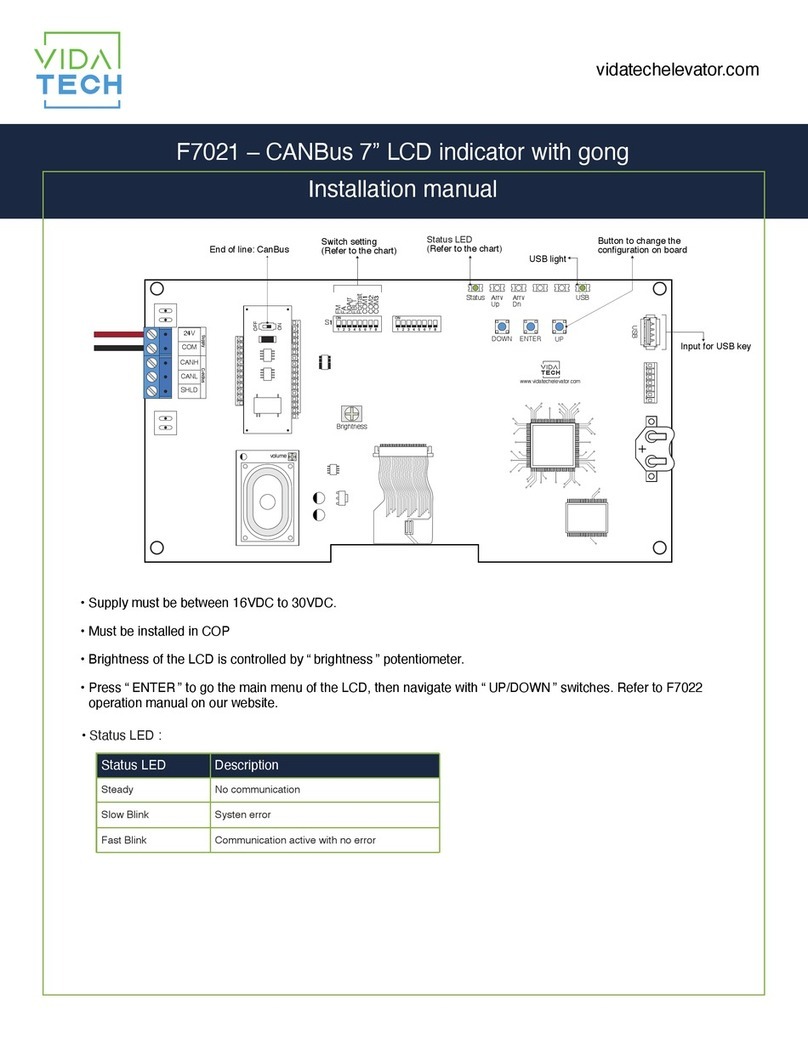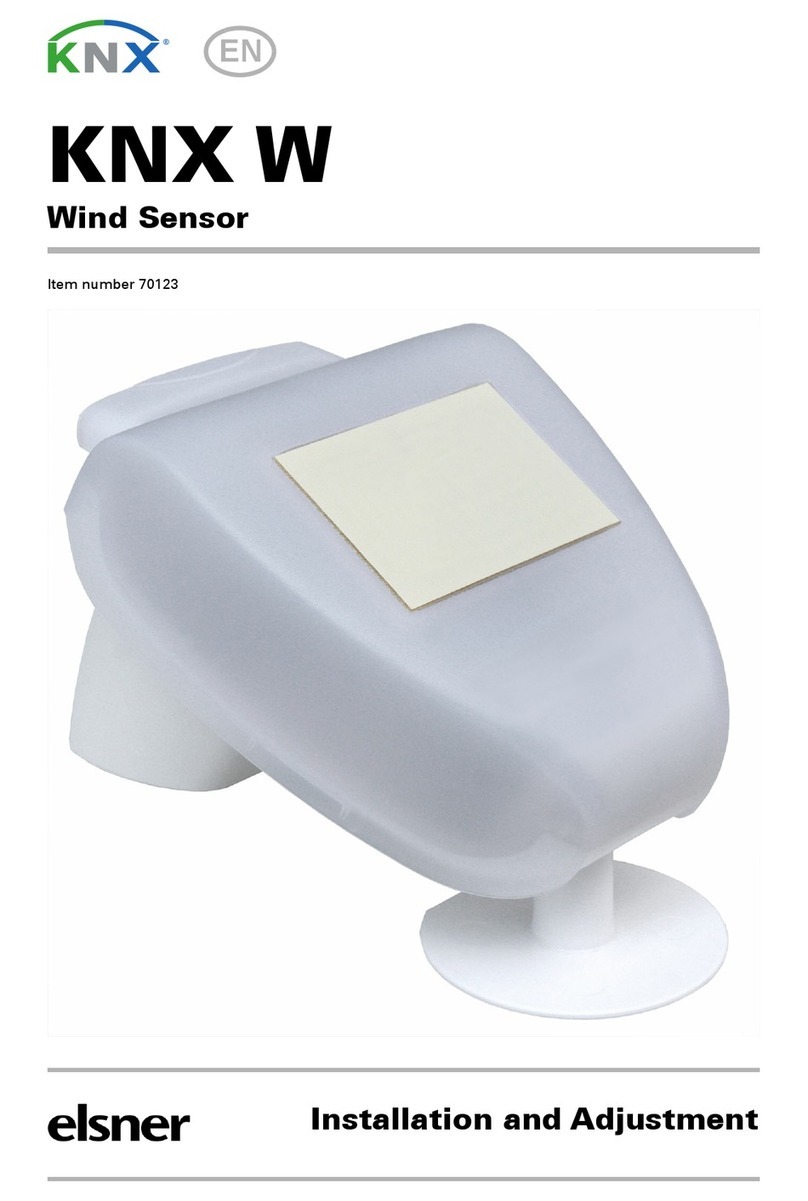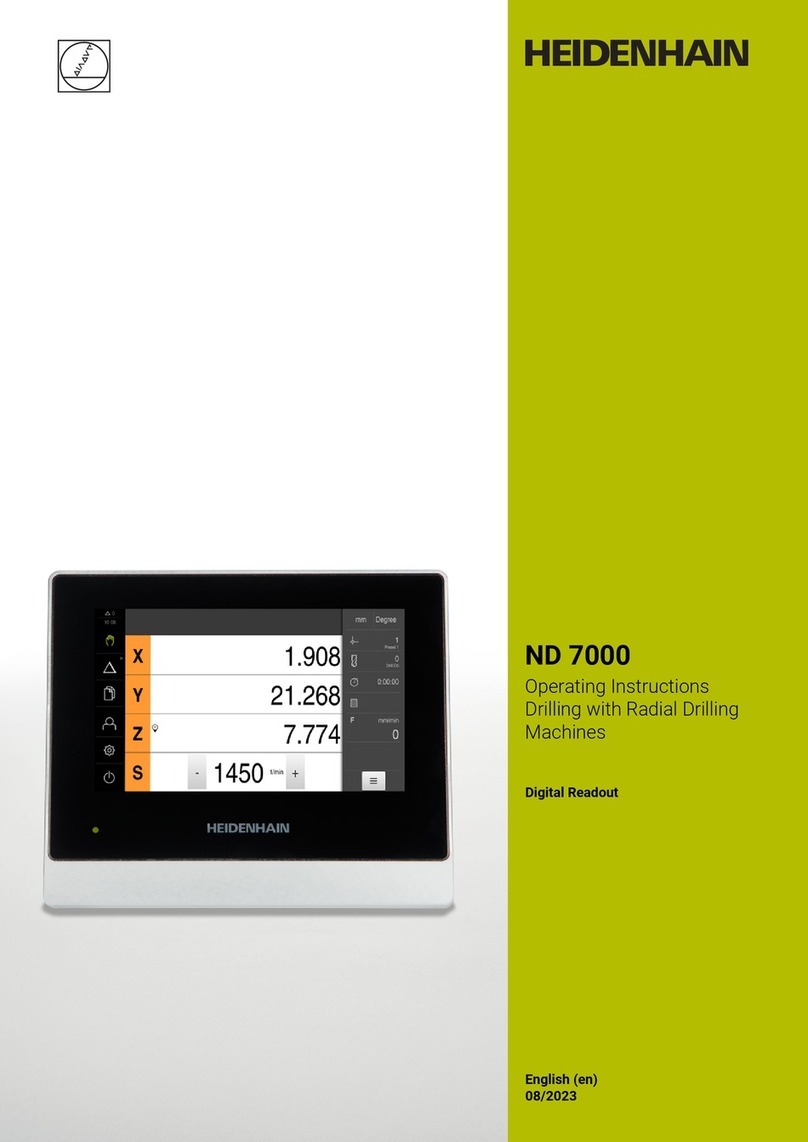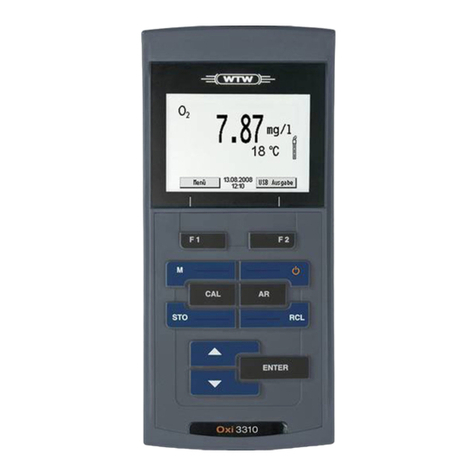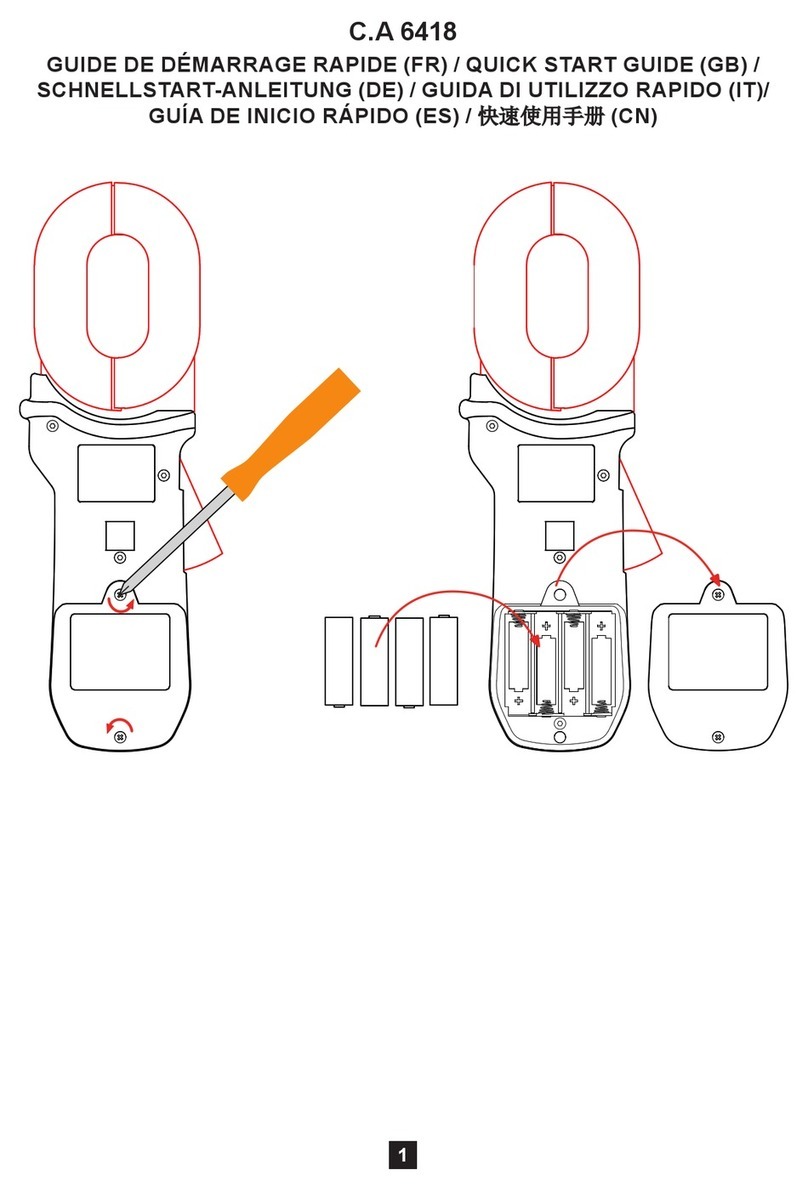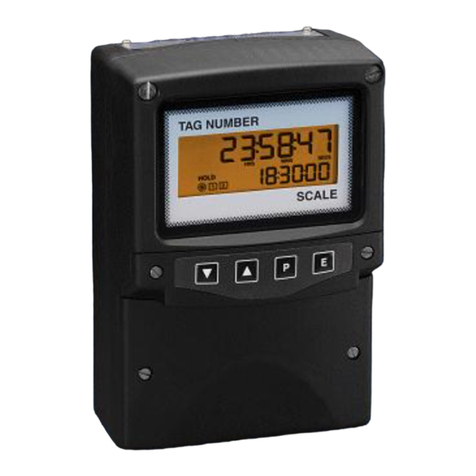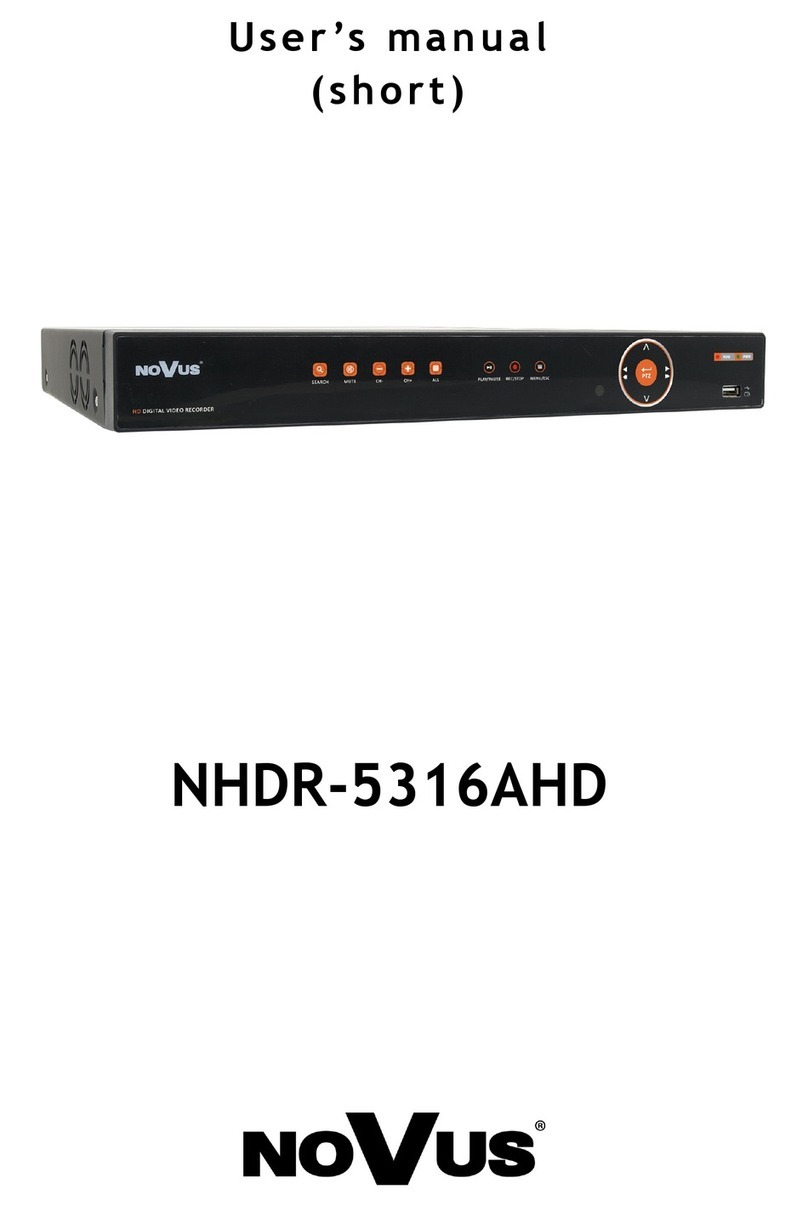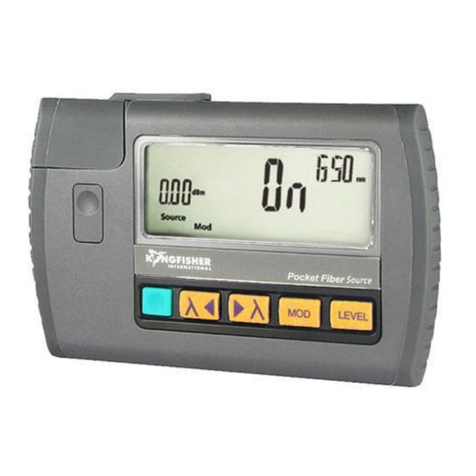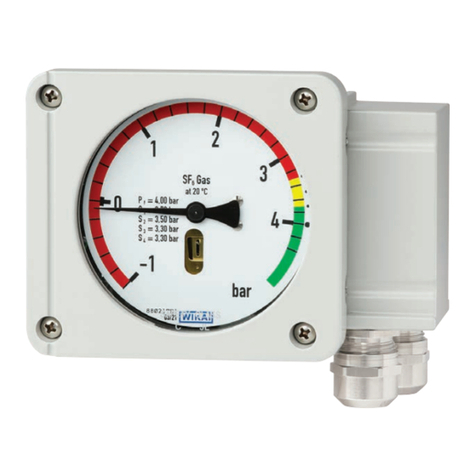IKONIX Associated Research Hypot III Operation manual

Associated Research
28105 North Keith Dr. - Lake Forest, IL 60045 USA
T. 1-847-367-4077 F. 1-847-367-4080
OPERATION AND SERVICE MANUAL
HypotIII
MODEL 3705 (AC ONLY HIPOT WITH GROUND CONTINUITY CHECK)
MODEL 3765 (AC/DC HIPOT WITH GROUND CONTINUITY CHECK)
MODEL 3770 (AC/DC HIPOT WITH IR AND GROUND CONTINUITY)
MODEL 3780 (500VA AC ONLY HIPOT WITH GROUND CONTINUITY CHECK)
SERIAL NUMBER
Model 3705, 3765, 3770, 3780
Item 39011, Ver 1.33

DECLARATION OF CONFORMITY
Manufacturer: Associated Research, Inc.
Address: 28105 North Keith Dr.
Lake Forest, IL 60045
USA
Product Name: Hypot® III Dielectric Withstand
Voltage Tester
Model Number: 3705/3765/3770
Conforms to the following Standards:
Safety: UL 61010-1:2012, UL 61010-2-030:2012
CAN/CSA-C22.2 NO. 61010-1-12
CAN/CSA-C22.2 NO. 61010-2-030-12
EN 61010-1:2010, EN 61010-2-030:2010
EN 61010-031:2002+A1
IEC 61010-1:2010, IEC 61010-2-030:2010
IEC 61010-31:2002+A1
EMC: EN 55011 :2009+A1
EN 61326-1:2013
Supplementary Information
The product herewith complies with the requirements of the Low Voltage Directive 2014/35/EUand
the EMC Directive 2014/30/EUand the RoHS Directive 2011/65/EU with respect to the following
substances: Lead (Pb), Mercury (Hg), Cadmium (Cd), Hexavalent chromium (Cr (VI)), Polybrominated
biphenyls (PBB), Polybrominated diphenyl ethers (PBDE), Deca-BDE included.
Last two digits of the year the CE mark was first affixed: 08
The technical file and other documentation are on file with Associated Research, Inc.
______________________________
Joseph Guerriero, President
Associated Research, Inc.
Lake Forest, Illinois USA
July 20, 2017

i
TABLE OF CONTENTS
1. INTRODUCTION ..............................................................................................1
1.1. Warranty Policies...........................................................................................1
1.2. Safety Symbols..............................................................................................3
1.2.1. Product Marking Symbols..................................................................3
1.2.2. Caution and Warning Symbols..........................................................3
1.3. Glossary of Terms.........................................................................................3
1.4. Safety ..............................................................................................................5
1.4.1. Service and Maintenance ..................................................................5
1.4.2. Test Station..........................................................................................6
1.4.3. Test Operator.......................................................................................7
1.5. Key Features of the Hypot III......................................................................9
2. GETTING STARTED......................................................................................10
2.1. Unpacking and Inspection..........................................................................10
2.1.1. Packaging...........................................................................................10
2.1.2. Contents of Carton............................................................................10
2.1.3. Returning the Instrument for Service or Calibration ....................12
2.1.4. Returning the Instrument for Service or CalibrationError! Bookmark
not defined.
2.2. Installation.....................................................................................................12
2.2.1. Work Area...........................................................................................12
2.2.2. Power Requirements........................................................................12
2.2.3. Basic Connections ............................................................................13
2.2.4. Environmental Conditions................................................................13
3. SPECIFICATIONS..........................................................................................15
3.1. Hypot III Functional Specifications ...........................................................15
3.2. Hypot III Functional Specifications ...........................................................18
3.3. Instrument Controls.....................................................................................21
3.3.1. Front Panel Controls.........................................................................21
3.3.2. Rear Panel Controls .........................................................................23
3.3.3. Front Panel Controls.........................................................................25
3.3.4. Front Panel Controls.........................................................................26
4. PROGRAMMING INSTRUCTIONS................................................................28
4.1. Power Up......................................................................................................28
4.1.1. Memory, Step and Connected Step Indicator...............................28
4.1.2. Main Menu..........................................................................................28
4.1.3. Results, Tests and System Selections ..........................................29
4.2. System Setup...............................................................................................30
4.2.1. System Setup Soft keys...................................................................30
4.2.2. System Parameters ..........................................................................31
4.2.3. Default System Parameters.............................................................35
4.2.4. Memory, Step, and Default System Parameter Initialization......35

ii
4.3. Test Setup ....................................................................................................36
4.3.1. Test Setup Soft Keys........................................................................36
4.3.2. Test Parameters................................................................................36
4.3.3. Default Test Parameters..................................................................38
4.3.4. Setting Up a Test...............................................................................38
5. OPERATING INSTRUCTIONS.......................................................................41
5.1. Instrument Connections .............................................................................41
5.1.1. Connecting the Test Leads..............................................................41
5.1.2. Connecting the Adapter Box ...........................................................41
5.1.3. Interlock Connector...........................................................................42
5.2. Performing a Test........................................................................................42
5.3. Test Metering...............................................................................................43
5.4. Results Screens...........................................................................................43
5.5. Error Messages ...........................................................................................44
6. CONNECTION OF REMOTE I/O....................................................................46
6.1. Remote Signal Outputs ..............................................................................46
6.2. Signal Inputs of Remote I/O and Memory Access.................................47
6.3. Remote Signal Inputs .................................................................................47
7. BUS REMOTE INTERFACE...........................................................................50
7.1. RS-232 Interface .........................................................................................50
7.1.1. RS-232 Connector ............................................................................50
7.1.2. Communications Port Configuration ..............................................50
7.1.3. Sending and Receiving Commands...............................................50
7.2. RS-232 Command List...............................................................................51
7.2.1. Test Execution Commands .............................................................51
7.2.2. File Editing Commands....................................................................51
7.2.3. Test Parameter Editing Commands...............................................53
7.2.4. System Parameter Editing Commands and Companion Queries54
7.2.5. Query Commands.............................................................................54
7.2.6. Query Commands and Displayed Messages...............................55
8. OPTIONS........................................................................................................57
9. CALIBRATION PROCEDURE .......................................................................60
9.1. Verification Initialization..............................................................................60
9.2. Verification Menu.........................................................................................60
9.2.1. Continuity Verification.......................................................................61
9.2.2. AC Hipot Verification.........................................................................62
9.2.3. DC Hipot Verification ........................................................................63
9.2.4. IR Verification.....................................................................................64
10. CALIBRATION PROCEDURE .....................................................................65
10.1. Warranty Requirements...........................................................................65
10.2. Warranty Requirements...........................................................................66
10.3. Calibration Initialization ............................................................................66
11. REPLACEMENT PARTS LIST.....................................................................71

iii
Index is located at the back of the manual


1
1. INTRODUCTION
1.1. Warranty Policies
Associated Research, Inc., certifies that the instrument listed in this manual meets or
exceeds published manufacturing specifications. This instrument was calibrated using
standards that are traceable to the National Institute of Standards and Technology
(NIST).
Your new instrument is warranted to be free from defects in workmanship and material
for a period of (3) year from the date of shipment. You must complete the online
registration at http://www.asresearch.com/support/register/login.aspx or call 1-800-
858-TEST (8378) ext. 0 to register over the phone.
5-Year Program
All Associated Research instruments include the opportunity to extend the standard
warranty for up to a period of 5 years. Returning instruments to Associated Research
for their annual calibration and inspection will extend the instrument's warranty for an
additional year. This warranty is extendable for up to five years and annual returns
must be made in succession starting one year after the original purchase date. There
are no additional costs for the 5 year product warranty. The only annual costs to the
customer are the standard calibration fees and shipping costs. This extended warranty
is non-transferable and is offered only to the original purchaser. A return material
authorization (RMA) must be obtained from Associated Research, Inc. before
returning this instrument for warranty service. Please contact our customer support
center at 1-800-858-TEST (8378) to obtain an RMA number. It is important that the
instrument is packed properly for safe transport. Please contact our customer support
center for proper instructions on packaging. Damages sustained as a result of
improper packaging will not be honored. Transportation costs for the return of the
instrument for warranty service must be prepaid by the customer. Associated
Research, Inc. will assume the return freight costs when returning the instrument to
the customer. The return method will be at the discretion of Associated Research,
Inc.

2
Operator Modifications
Any non-authorized modifications, tampering or physical damage will void this
warranty. Elimination of any connections in the earth grounding system or bypassing
any safety systems will void this warranty. This warranty does not cover accessories
not of Associated Research, Inc. manufacture. Parts used must be parts that are
recommended by Associated Research, Inc. as an acceptable specified part. Use of
non-authorized parts in the repair of this instrument will void the warranty.
Associated Research, Inc. will not be responsible for any injuries sustained due to
unauthorized equipment modifications or use of parts not specified by Associated
Research, Inc. Instruments returned to Associated Research, Inc. with unsafe
modifications will be returned to their original operating condition at the customer’s
expense.

3
1.2. Safety Symbols
1.2.1. Product Marking Symbols
Product will be marked with this symbol when it is necessary to refer to the
operation and service manual in order to prevent injury or equipment
damage.
Product will be marked with this symbol when hazardous voltages may be
present.
Product will be marked with this symbol at connections that require earth
grounding.
1.2.2. Caution and Warning Symbols
Calls attention to a procedure, practice, or condition that could
possibly cause bodily injury or death.
Calls attention to a procedure, practice, or condition that could
possibly cause damage to equipment or permanent loss of data.
1.3. Glossary of Terms
(As used in this manual)
Alternating Current, AC: Current that reverses direction on a regular basis. Utility power is
usually generated in the form of a sinusoid at a frequency of 60 times per second in the United States
and 50 times per second in other countries.
Arc: A partial momentary breakdown due to the force of a strong electric field on closely spaced
conductors, sometimes evidenced by corona or a luminous flashover.
Breakdown: The failure of insulation to effectively prevent the flow of current. If the test voltage is
gradually raised, breakdown will begin suddenly at a certain voltage level and current flow will not be
directly proportional to voltage. Once a breakdown occurs, especially for a period of time, the next
gradual application of voltage will often cause a breakdown to begin at a lower voltage.
Conductor: A solid or liquid material which permits the flow of electrons. A material which has a
volume resistivity of no more than 103 Ω-cm.
Current: The movement of electrons through a conductor. Current is measured in amperes (A),
milliamperes (mA), microamperes (uA). Symbol = I
Dielectric: An insulating material that is positioned between two conductive materials in such a way
that a charge or voltage may appear across the two conductive materials.

4
Direct Current, DC: Current that flows in one direction only. The source of direct current is said to
be polarized and has one terminal that is always at a higher potential than the other.
Frequency: The number of cycles an AC waveform repeats over time. Usually given in Hertz (Hz).
Ground: Refers to the point of low potential in a circuit to which all other voltages are referenced.
May or may not be tied to the earth. Also referred to as Earth.
Hot: Used to refer to the test lead or output side of an instrument that is at high potential.
Impedance: The property of capacitive or inductive items to limit certain frequencies.
Insulation: Gas, liquid or solid material which has a volume resistivity of at least 1012 Ω-cm and is
used for the purpose of restricting current flow between conductors.
Leakage: AC or DC current flow through insulation and over its surfaces. Current flow is directly
proportional to voltage. The insulation is thought of as a constant impedance unless breakdown
occurs.
Neutral: The point of low potential in a circuit to which all other voltages are referenced. Also known
as Common.
Peak Current: The maximum amplitude of an AC current waveform. For a sinusoid, 1.414 x the
RMS value.
Power: The amount of work performed by an energy source over time, given in Watts (W).
PF (Power factor): Power Factor = W/VA where W =Watts (Real Power) and VA =Volts x Amps
(apparent power). It is important to note that the closer the power factor is to "1" the more resistive the
DUT is. The closer the power factor is to 0 the more reactive (inductive or capacitive) the DUT is.
Reactive Current: The current component due to the reactive impedance of a load. Also called
imaginary current.
Real Current: The current component due to the resistance of a load.
Resistance: The property of a substance that impedes current and results in the dissipation of
power in the form of heat. The practical unit of resistance is the ohm (Ω). Symbol = R
Return: The path by which current returns to a source.
RMS: The Root Mean Squared value of a voltage or current waveform. An RMS waveform delivers
the same amount of energy to a load as a DC waveform of the same value. For a sinusoid, the RMS
value is .707 x the peak value.
Total Current:The vector sum of the real current component and the reactive current component
produced by an applied voltage.
VA: A rating of instantaneous power found by multiplying an instrument’s maximum output current by
its maximum output voltage.

5
The Hypot III produces
voltages and currents that
can cause harmful or fatal
electric shock. To prevent
accidental injury or death,
these safety procedures
must be strictly observed
when handling and using the
test instrument.
This instrument
meets UL
requirements for
audible and visual
failure indication.
SAFETY
Voltage: The force which causes current through an electrical conductor, given in volts (V).
Symbol = V
1.4. Safety
This product and its related documentation
must be reviewed for familiarization with
safety markings and instructions before
operation.
This product is a Safety Class I instrument
(provided with a protective earth terminal).
Before applying power verify that the
instrument is set to the correct line voltage
(115 or 230) and the correct fuse is
installed.
This product carries an NRTL (Nationally
Recognized Testing Laboratory) and
comes equipped with an audible and visual failure indicator.
1.4.1. Service and Maintenance
User Service
To prevent electric shock do not remove the
instrument cover. There are no internal user
serviceable parts. Routine maintenance or
cleaning of internal parts is not necessary. Avoid
the use of cleaning agents or chemicals on the
instrument, as some chemicals may damage
plastic parts or lettering. Any external cleaning
should be done with a clean, dry or slightly damp
cloth. Schematics, when provided, are for
reference only. Refer servicing and certification to an Associated Research, Inc.
authorized service center.
Service Interval
Associated Research, Inc. will not be held liable for injuries suffered if the instrument
is not properly maintained and safety checked annually. See section 1.1. Warranty
Policies for more information.
ASSOCIATED RESEARCH, INC.
13860 WEST LAUREL DRIVE
LAKE FOREST, IL 60045-4546 U.S.A.

6
ESD TESTING
1.4.2. Test Station
Location
Select an area away from the mainstream of activity where employees do not walk
while performing their normal duties. If this is not practical because of production line
flow, then the area should be roped off and marked for HIGH VOLTAGE TESTING.
No employees other than test operators should be allowed inside.
If benches are placed back-to-back, be especially careful about the use of the bench
opposite the test station. Signs should be posted: “DANGER –HIGH VOLTAGE
TEST IN PROGRESS –UNAUTHORIZED PERSONNEL KEEP AWAY.”
Work Area
When possible, use the instrument on a non-conducting table or workbench. If you
cannot avoid using a conductive surface, be certain that it is connected to a good
earth ground and the high voltage connection is insulated from the grounded surface.
There should not be any metal in the work area between the operator and the location
where products being tested will be positioned. Any other metal in the work area
should be connected to a good ground, never left “floating”.
Keep the area clean and uncluttered. All test equipment and unnecessary test leads
should be removed from the test bench and put
away. It should be apparent to both the operator
and to any observers which product is under test,
which product is waiting to be tested and which
product has already been tested
Power
The outlet used to supply power to the instrument
should be easily accessible. Power to the test
station should be arranged so that it can be shut off
by one prominently marked switch located at the
entrance to the test area. In case of an emergency,
anyone should be able to cut off the power before
entering the test area to offer assistance.
More Information
For more information on setting up a safe work station, please visit the Events and
Training section of our website at http://www.asresearch.com/events-
training/Default.aspx
Electrical safety tests
should not be
performed in or around
ESD testing areas.
ESD methods should
not be employed during
electrical safety testing,
as this could cause a
hazardous condition for
equipment and test
operators.

7
KEY SAFETY POINTS TO
REMEMBER
1.4.3. Test Operator
This instrument generates voltages and currents that can cause
harmful or fatal electric shock and must only be operated by a
skilled worker trained in its use. The operator should
understand the electrical fundamentals of voltage, current, and resistance.
Do not touch the device under test, high voltage test lead,
alligator clip, or clip insulator once the test has been
started.
Do not touch the front panel when testing or after a
malfunction has occurred.
Rules
Operators should be thoroughly trained to follow all national safety standard
guidelines for electrical safety testing in the workplace. Defeating any safety system
should be considered a serious offense with severe penalties. Allowing unauthorized
personnel in the area during a test should also be dealt with as a serious offense.
Test operators should be familiar with methods to properly discharge a device under
test in case test leads become disconnected during testing. If the instrument is used in
a manner not specified by Associated Research, Inc. the protection provided by the
instrument may be impaired.
Refer to the following standards for more information:
NFPA 70E
OSHA 1910 subpart (S)
EN50191
Dress
Operators should not wear jewelry that could accidentally complete a circuit.
ESD protocols
should not be
observed while
performing electrical safety tests.
Intentionally grounding the test operator
could lead to a harmful or fatal
electric shock.
Medical Restrictions
Personnel with heart ailments or
devices such as pacemakers should be
informed that the voltages and currents
Keep unqualified and
unauthorized personnel away
from the test area.
Arrange the test station in a safe
and orderly manner.
In case of any problem, turn off
the high voltage first.

8
generated by the instrument are very dangerous. If contacted, the instrument may
cause heart-related problems. Please have the test operator consult a physician for
recommendations.

9
1.5. Key Features of the HYPOT III
PATENTED SMARTGFI
SmartGFI™disables the instrument’s output
voltage in less than 1 millisecond if excessive
leakage to ground is detected. If enabled,
SmartGFI™automatically detects if the DUT is
floating or grounding and turns ON or OFF
accordingly.
10 PROGRAMMABLE
MEMORY LOCATIONS
Each Memory Location can be configured to store
and perform up to 3 test steps. Test steps can be
linked and run in any order for easy touch-and-go
test routines.
DIGITALLY CONTROLLED
ARC DETECTION SYSTEM
Allows the operator to choose whether low-level
arcs should be detected. The operator can select
from multiple sensitivity levels.
PLC REMOTE INPUTS AND
OUTPUTS
Two standard 9 pin interfaces provide inputs and
outputs for simple PLC relay control. Outputs
include: PASS, FAIL, RESET and TEST IN
PROCESS signals. Inputs include: TEST,
INTERLOCK, RESET and remote recall of
MEMORY 1, 2 and 3.
ELECTRONIC RAMPING (UP
& DOWN)
Allows the operator to increase or decrease the
output voltage linearly over a specified period of
time. Minimizes any damage to sensitive DUT’s
from quick high voltage changes.
SEPARATE HIGH AND LOW
LIMIT FAILURE DETECTORS
Allows the operator to create an acceptable
leakage current window. Excessive or minimal
leakage current readings will cause a test failure.
SINGLE STEP FEATURE
Allows the operator to perform multiple test steps
in a Memory Location with one button push, or
requires that the operator initiate each test step in
a Memory Location. User selectable.
CAL-ALERT
Alerts the operator that the machine is due for
calibration in advance of the calibration due date.
PROGRAMMABLE
CONTINUITY TEST WITH
OFFSET
Low current Continuity test may be performed
simultaneously with an AC/DC Hipot test. Passing
the Continuity test is required to continue with
Hipot testing.
VERI-CHEK
Allows the operator to self-verify the instrument’s
failure detectors.
MULTIPLE RESULTS
DISPLAYS
Allows the user to configure the tester to display
results in either Pass/Fail, Last or All conditions.
SECURITY ACCESS
The Lock and Memory Lock features limit operator
access to test setup screens so only authorized
users can configure or change test parameters.

10
2. GETTING STARTED
Introduction
This section contains information for the unpacking, inspection, preparation and
storage of your Associated Research, Inc., product.
2.1. Unpacking and Inspection
2.1.1. Packaging
Your instrument was shipped in a custom foam insulated container. If the shipping
carton is damaged, inspect the contents for visible damage such as dents, scratches
or a broken display. If the instrument is damaged, notify the carrier and Associated
Research, Inc.’s customer support department. Please save the shipping carton
and packing material for the carrier’s inspection. Our customer support
department will assist you in the repair or replacement of your instrument. Please do
not return your product without first notifying us and receiving an RMA (return material
authorization) number. To receive an RMA number, please contact our customer
support department at 1-800-858-TEST (8378).
Safe Lifting and Carrying Instructions
Proper methods of lifting and carrying can help to protect against injury. Follow the
recommendations below to ensure that instruments are handled in a safe manner.
Determine if the instrument can be lifted by one individual or requires additional
support.
Make sure that your balance is centered and your feet are properly spaced,
shoulder width apart behind the instrument.
Bend at the knees and make sure your back is straight.
Grip the instrument with your fingers and palms and do not lift unless your back
is straight.
Lift up with your legs, not your back.
Keep the instrument close to your body while carrying.
Lower the instrument by bending your knees. Keep you back straight.
2.1.2. Contents of the Carton

11
Inside the carton should be the following:
Description
AR Part Number
Hypot III Instrument
37XX
High Voltage Cable
04040A-08
Return Cable
02100A-13 (Qty. 2)
Fuse (3705,3765,3770)
37880, 3.15 Amp, fast
acting 250VAC
Fuse (3780)
38430, 115Vac, 230VAC -
15A/250VAC Slow-Blow
RS-232 Cable
37863
Line Cord*
(3705,3765,3770)
33189 –Standard 10A
Cord
Line Cord* (3780)
38071 –15A Cord
Adapter Box*
36544 Standard
Interlock Disable Key
38075
NOTE: The Adapter Box (universal US polarity) and line cord listed are
American. Other combinations of line cord and Adapter Box are available upon
request.
Only accessories that meet the manufacturer’s specifications
shall be used.

12
2.2. Installation
2.2.1. Work Area
Locate a suitable testing area and be sure you have read all
safety instructions for the operation of the instrument and
suggestions on the test area setup in section 1.4. Safety. Make
sure the work area you choose has a three-prong grounded outlet capable of
supplying the necessary input current to the power source. Be sure the outlet has
been tested for proper wiring before connecting the instrument to it.
The mains plug is used as the disconnecting device and shall
remain readily operable. The socket-outlet shall be installed.
Near the equipment and shall be easily accessible.
2.2.2. Power Requirements
This instrument requires a power source of either 115 volts AC ± 10%, 50/60 Hz
single phase or 230 volts AC ±10%, 50/60 Hz single phase. Before applying power
verify that the instrument is set to the correct line voltage (115 or 230 volts). Adjust
the voltage select switch to 115 for use with a 115 volt input. Adjust the voltage select
switch to 230 for use with a 230 volt input. See section 3.2.2. Rear Panel Controls
for an image of the rear panel.
Do not replace the power supply cord with an improperly rated
cord. For North American: A UL listed and CSA labeled power
cord must be used with the instrument in the United States and
Canada. The power cord must include a NEMA5-15 style male plug, SVT or SJT cord
sets, and be rated for at least 125VAC, 10A, number 16 gauge (or 125VAC, 15A,
number 14 gauge) wire or larger, and the length of the cord does not exceed 2 m must
be used. For European: A certified power supply cord not lighter than light PVC
sheathed flexible cord according to IEC 60227, designation H03 VV-F or
H03 VVH2-F (for equipment mass not exceeding 3 kg), or H05 VV-F or H05 VVH2-F2
(for equipment mass exceeding 3 kg), and be rated for at least 3G 0.75 mm² (for rated
current up to 10 A) or 3G 1.0mm² (for rated current over 10 A up to 16 A) wire or
larger, and the length of the cord does not exceed 2 m must be used.
Do not switch the line voltage selector switch located on the
rear panel while the instrument is on or operating. This may

13
cause internal damage and represents a safety risk to the operator.
The Hypot III must be connected to a good ground. Be certain
that the power wiring is properly polarized and that the proper
low resistance bonding to ground is in place.
2.2.3. Basic Connections
Power Cable
The instrument is shipped with a line cord containing a protective earth ground. When
the line cord is connected to an appropriate AC power source the cable will connect
the chassis to earth ground.
The main plug shall only be inserted in a socket outlet with a
protective ground (earth) contact. This protective ground must
not be defeated by the use of an extension cord without a
protective conductor.
Return Connection
When the instrument’s return is grounded, any internal and external stray leakage will
be monitored due to currents that flow from high voltage to earth ground (such as from
high voltage to the chassis of the instrument). These currents are inherent and will
cause errors when trying to monitor very low leakage currents in the microamp range.
The output power supplies of this instrument are referenced directly to earth ground.
Any conductor that completes a path between the high voltage and earth ground will
form a completed circuit.
2.2.4. Environmental Conditions
This equipment is intended for indoor use only. The equipment has been evaluated
according to Installation Category II and Pollution Degree 2 as specified in IEC 60664.
This instrument may be operated in environments with the following limits:
Temperature….................. 41° - 104° F (5° - 40°C)
Relative humidity…........... 0 – 80%
Altitude…......................... 6560 feet (2,000 meters)
Keep the ventilation slits uncovered during operation. Failure to
do so could cause the instrument to overheat and may damage
internal components.
Storage and Shipping Environment
This instrument may be stored or shipped in environments with the following limits:
Temperature….................. -40° - 167° F (-40° - 75°C)
Altitude…......................... 50,000 feet (15,240 meters)

14
The instrument should also be protected against temperature extremes that may
cause condensation within the instrument.
Failure to operate this instrument within the specified conditions
could result in damage.
If the instrument is used in a matter not specified by the manufacturer, the protection
provided by the instrument may be impaired.
More Information
For more information on test operator and workstation safety please visit the Events
and Training section of our website at http://www.asresearch.com/events-
training/Default.aspx
This manual suits for next models
4
Table of contents
Popular Measuring Instrument manuals by other brands
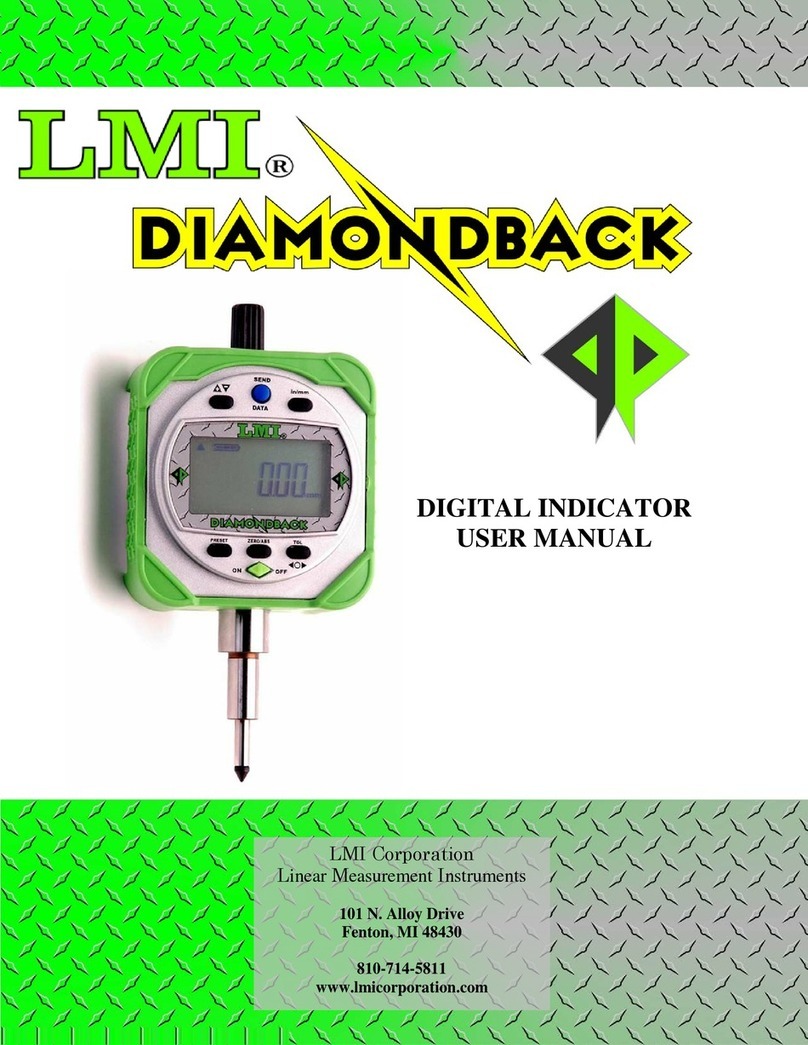
LMI
LMI Diamonback user manual
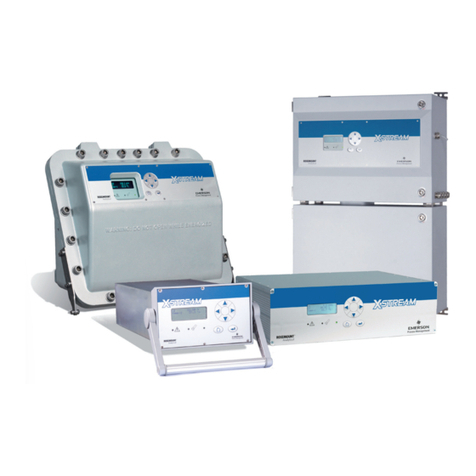
Emerson
Emerson Rosemount Analytical X-STREAM X2 Series instruction manual
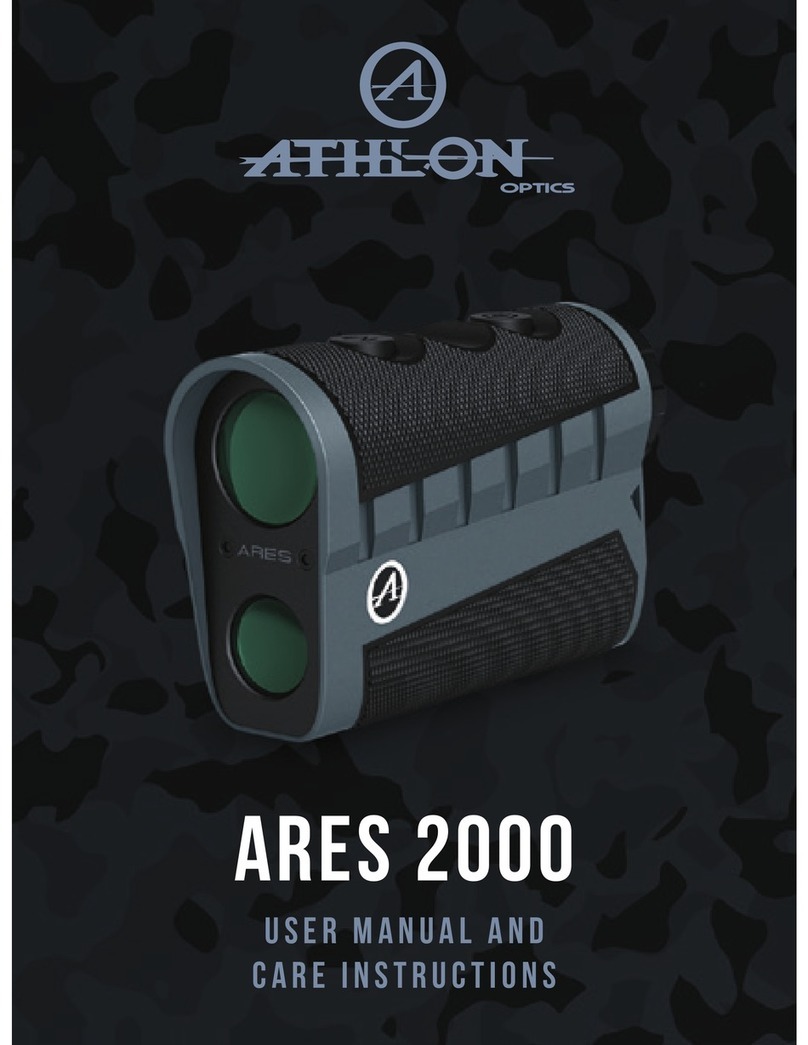
Athlon
Athlon Ares 2000 User's manual and care instructions

Endress+Hauser
Endress+Hauser Proline Promass E TB2 HART operating instructions
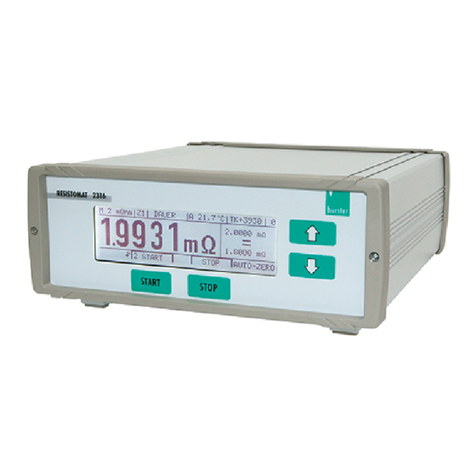
Burster
Burster Resistomat 2316 Operation manual
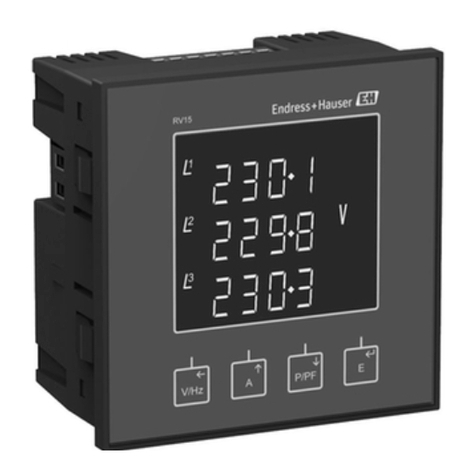
Endress+Hauser
Endress+Hauser EngyVolt RV15 operating instructions
